Extramammary Paget's Disease Survival Rate
Extramammary paget's disease survival rate. The survival rate for Pagets disease of the breast is often dependent on the pathologic phase of the related cancers although this theory has not been shown by case-management studies. EMPD in Korea showed an absolute male predominance and an association with gastrointestinal neoplasms. Cause-specific hazard model of 5-year all-cause mortal-ity.
However quality of life can be significantly impacted after radical surgery. Patients with perianal EMPD. The overall survival rate was 8000 at 36 months and 6545 at the end of follow-up.
Patients with invasive carcinoma tended to have a lower disease-specific survival rate P 0087. Extramammary Paget disease EMPD is a rare intraepithelial adenocarcinoma occurring mainly in the anogenital region. The rate of recurrence is approximately 30.
In those people who experience a recurrence of extramammary Paget disease the average time it takes for the disease to recur is 25 years. Primary disease in the penoscrotal HR 043. 95 CI 026070 and truncal regions HR 037.
The prognosis for EMPD is also worsened by the presence of a concurrent malignancy ie not EMPD-related with mortality rates as high as 46 when underlying malignancy is present compared with an 18 mortality rate without underlying malignancy 1. The 1-year overall survival rate determined by the Kaplan-Meier method was 750. In general patients with extramammary Paget disease have a good prognosis with a 5-year overall survival rate of 7595.
The overall survival rate was 8000 at 36 months and 6545 at the end of follow-up. Overall survival among 495 patients was 602 at 120 months postdiagnosis. Overall five-year and ten-year survival was 67 percent no different from the age-matched population P 0546.
All adverse effects were manageable and no treatment-related deaths were observed. The disease control rate partial response stable disease was as high as 83.
The five-year survival rates for PD range from 93 to 94 and drop to 82to 91 at 10 years.
Five-year cancer specific survival CSS for the entire cohort was 955 and was closely related to stage. The 1-year overall survival rate determined by the Kaplan-Meier method was 750. The prognosis for EMPD is also worsened by the presence of a concurrent malignancy ie not EMPD-related with mortality rates as high as 46 when underlying malignancy is present compared with an 18 mortality rate without underlying malignancy 1. Overall survival rate and prognostic factors After diagnosis the overall survival rate declined over the years Table 2. Overall survival rate and prognostic factors After diagnosis the overall survival rate declined over the years Table 2. The disease control rate partial response stable disease was as high as 83. In those people who experience a recurrence of extramammary Paget disease the average time it takes for the disease to recur is 25 years. Patients with localized disease had the best survival 5-year CSS of 976 in localized vs 839 in regional and 133 in distant disease P 00001. Five-year cancer specific survival CSS for the entire cohort was 955 and was closely related to stage.
Patients with invasive carcinoma tended to have a lower disease-specific survival rate P 0087. Cause-specific hazard model of 5-year all-cause mortality was performed Table 3. EMPD in Korea showed an absolute male predominance and an association with gastrointestinal neoplasms. The five-year survival rates for PD range from 93 to 94 and drop to 82to 91 at 10 years. Extramammary Paget disease EMPD is a rare intraepithelial adenocarcinoma occurring mainly in the anogenital region. 95 CI 022062 had a survival advantage when compared with. 95 CI 026070 and truncal regions HR 037.



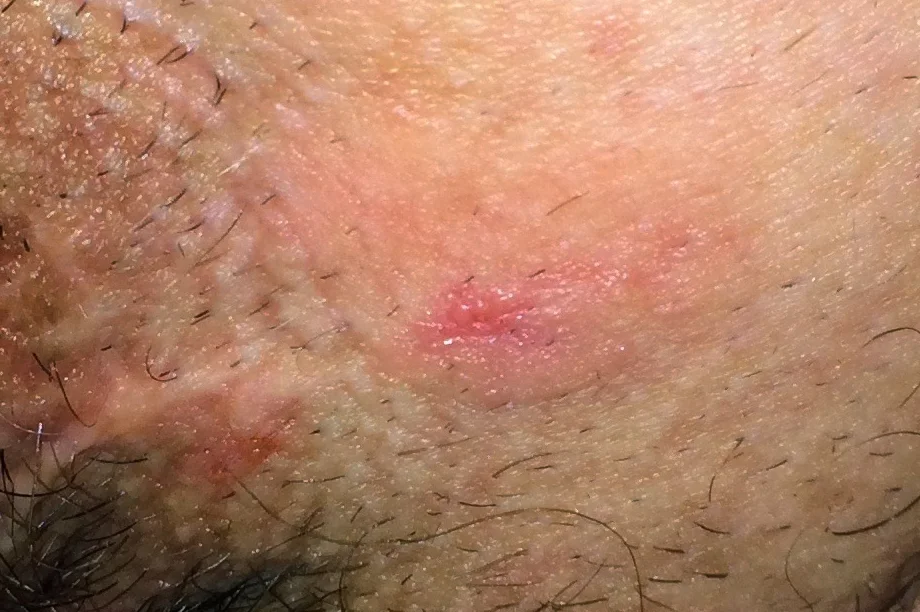



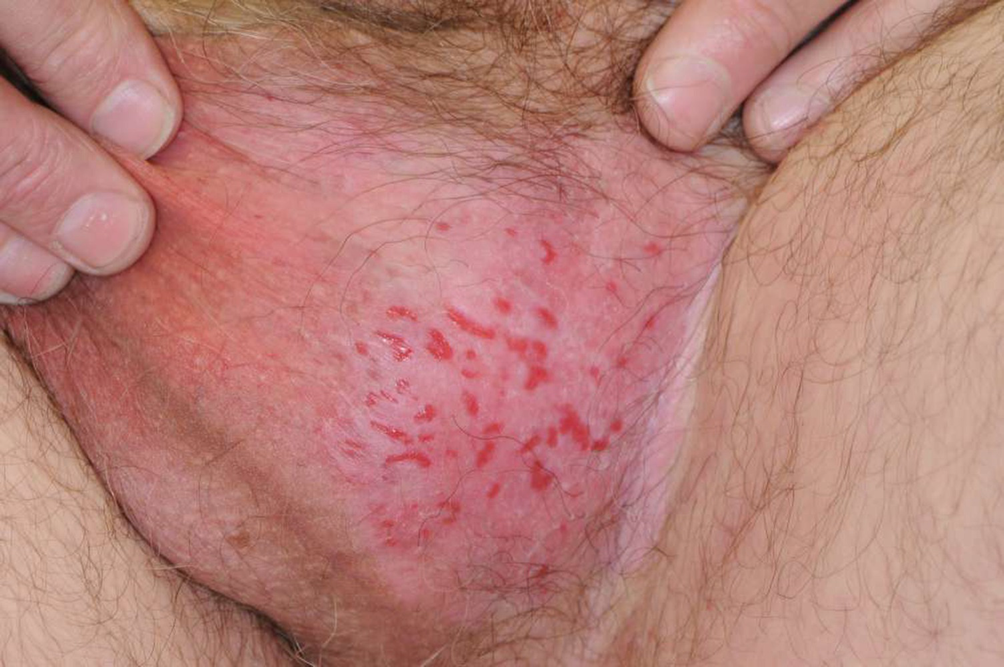


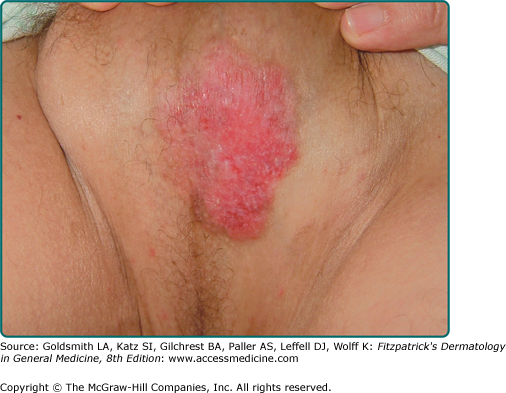

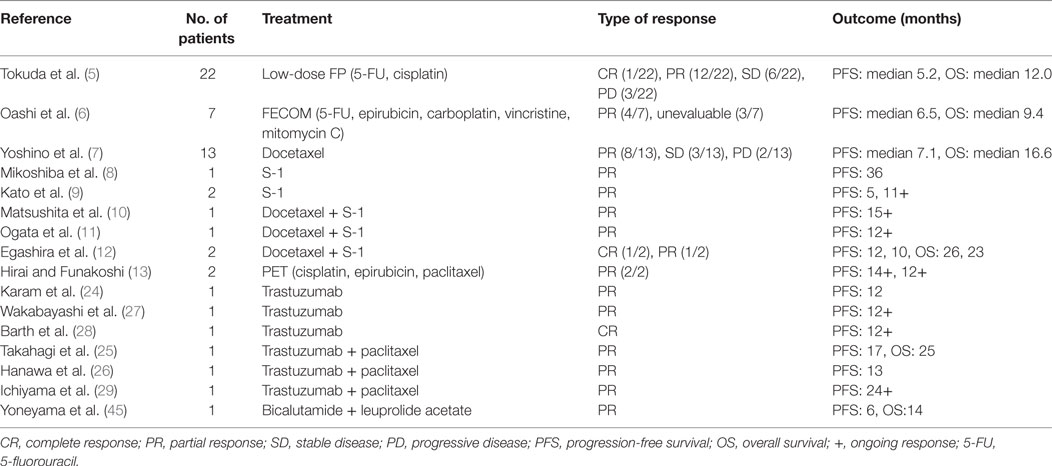

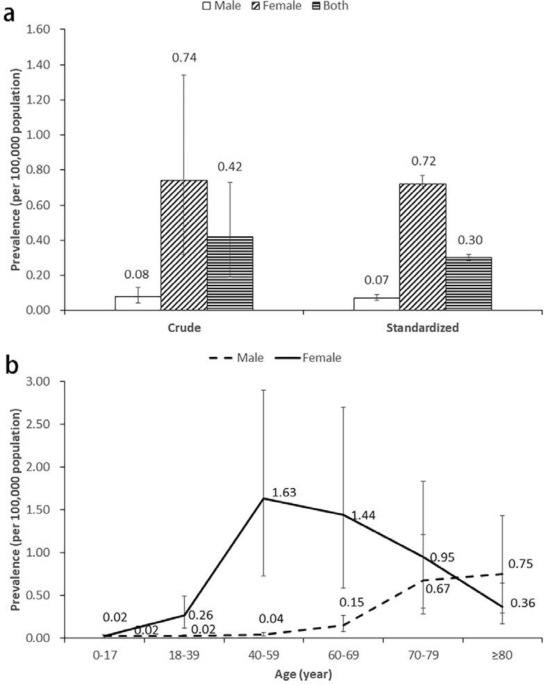







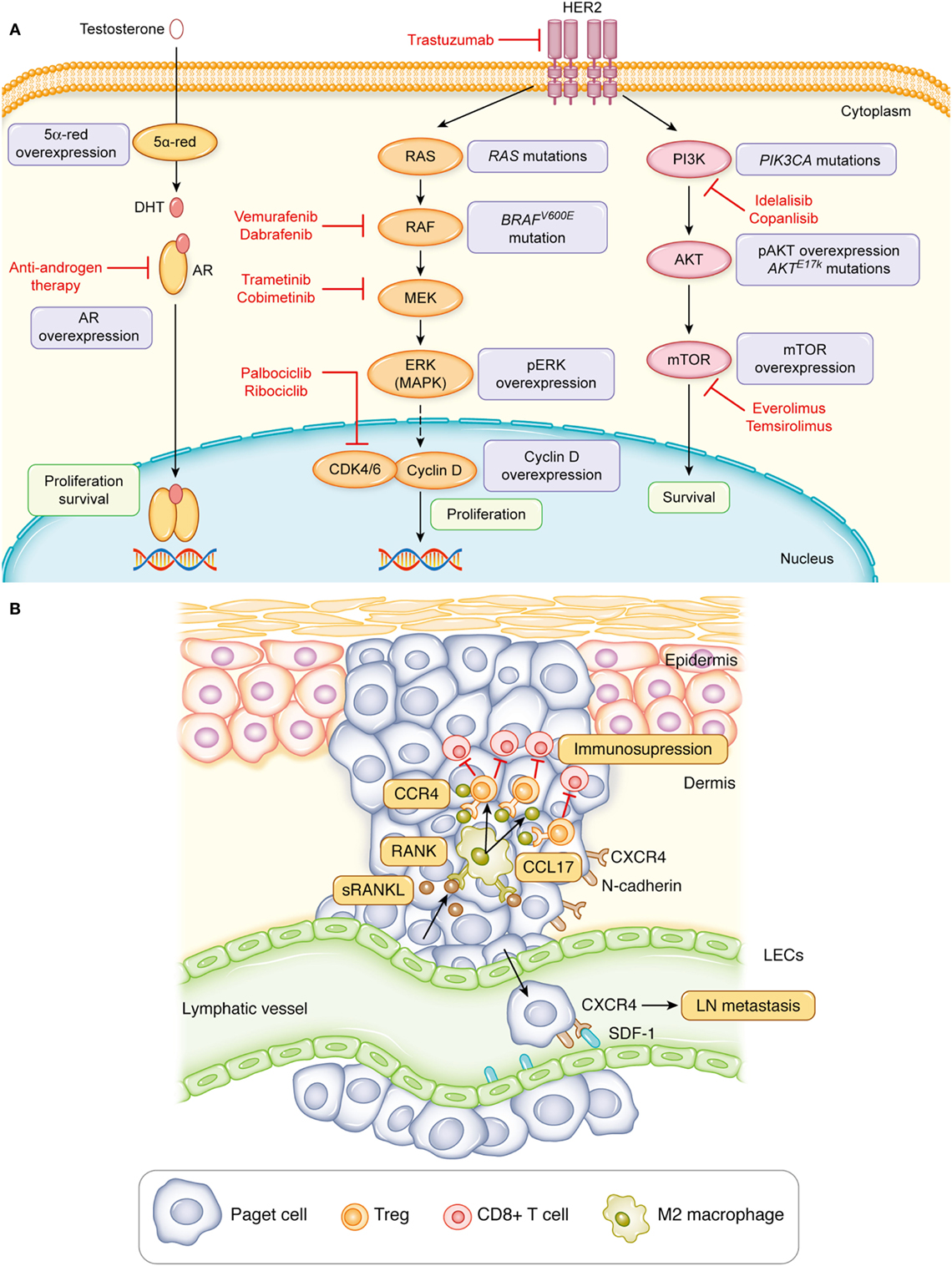








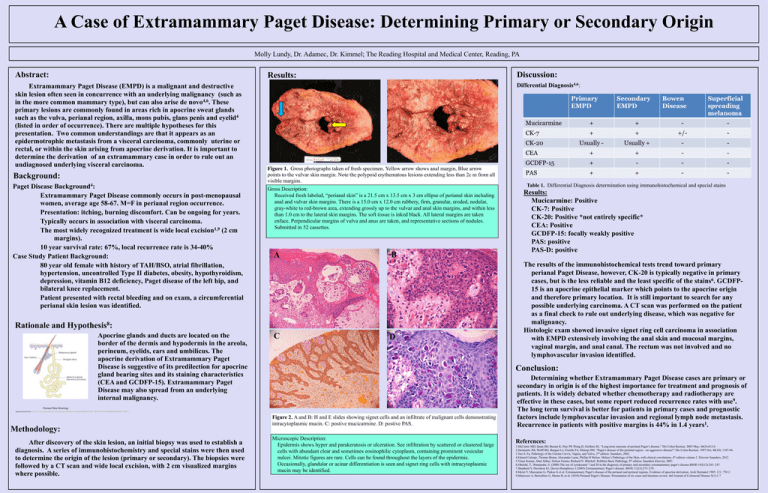







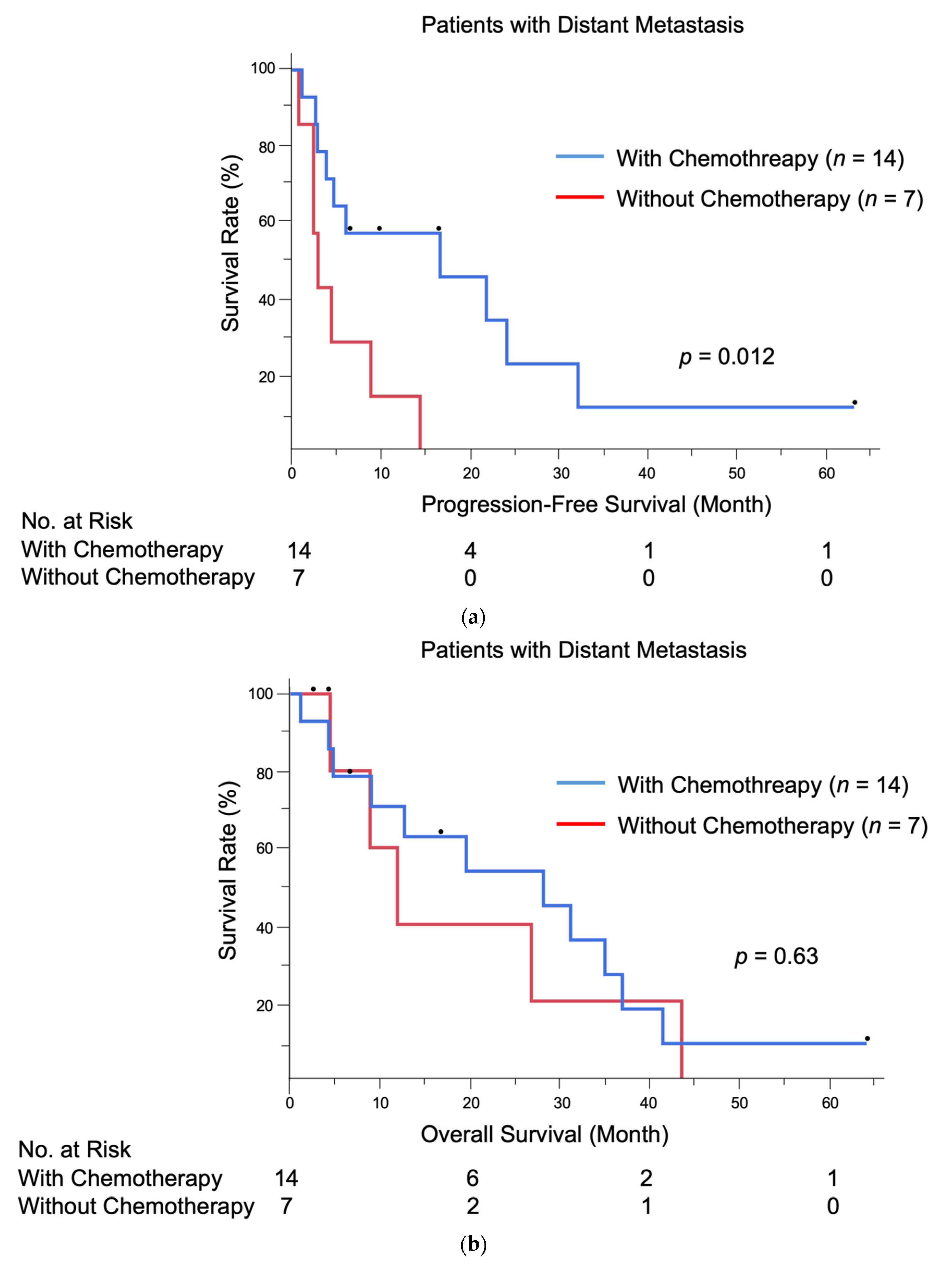

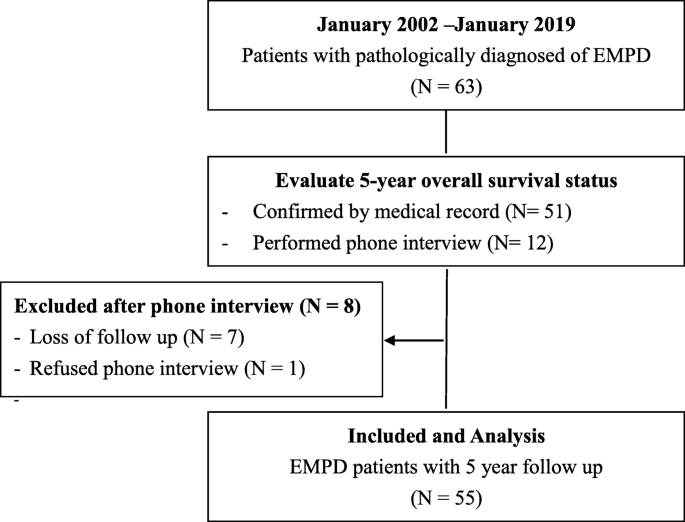
Post a Comment for "Extramammary Paget's Disease Survival Rate"